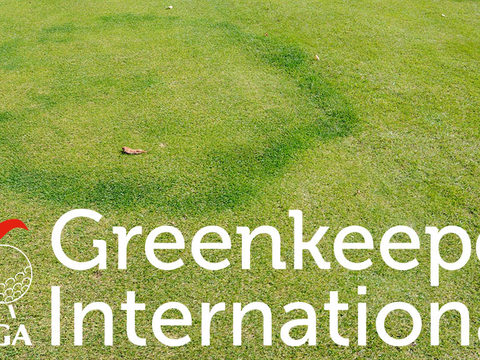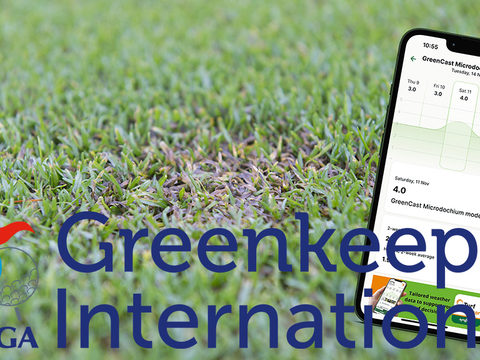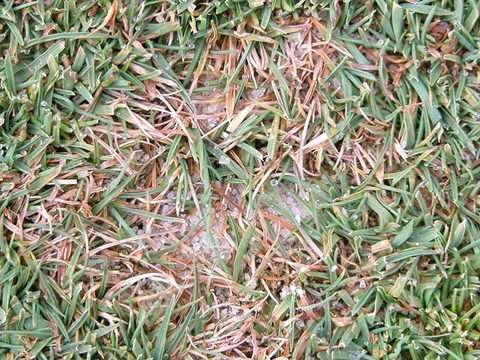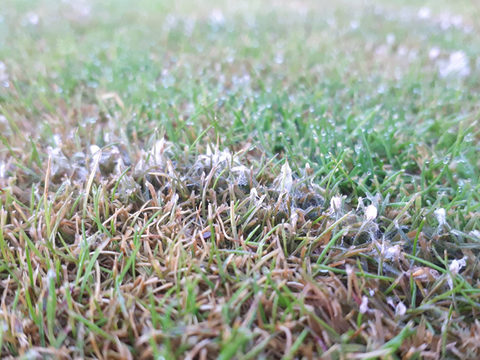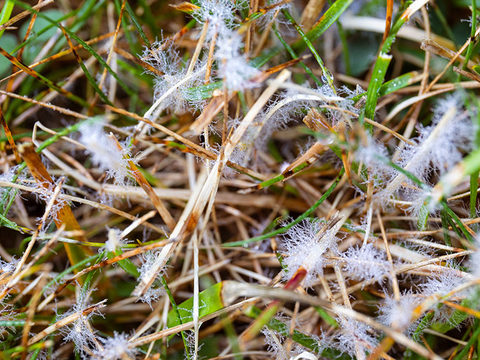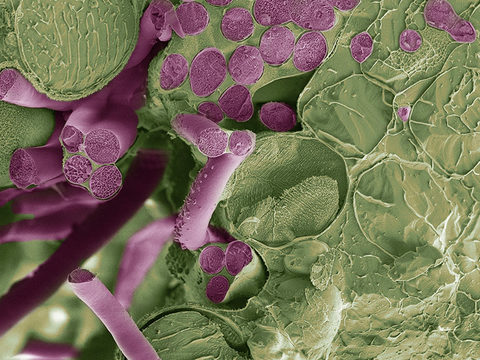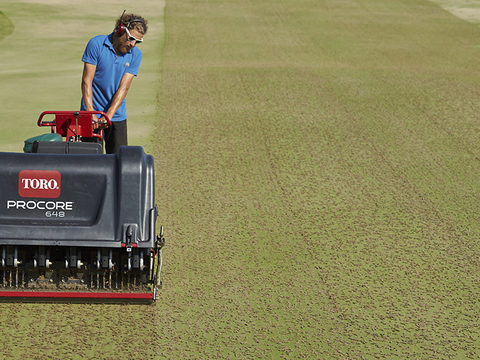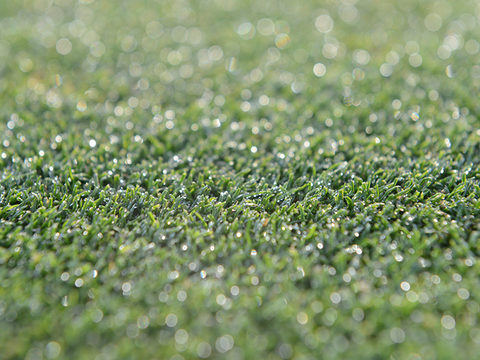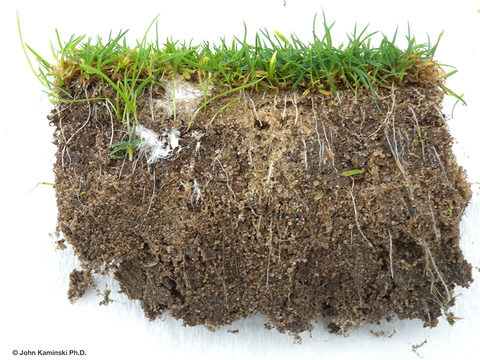Aim to clean up greens early
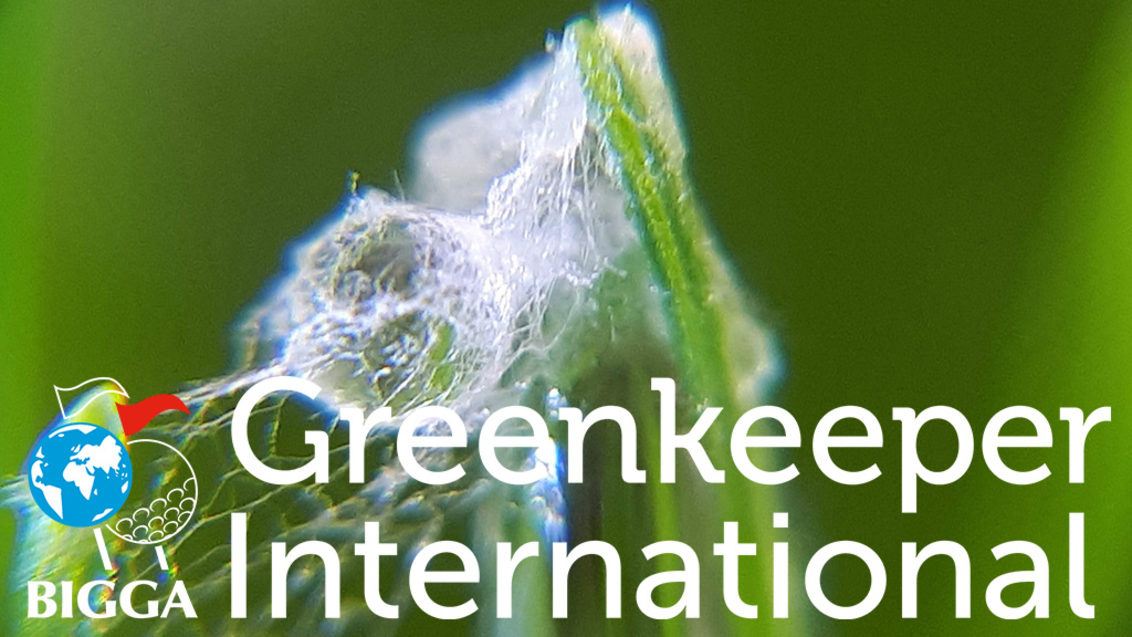
Loss of turf quality in the autumn or early winter has serious implications, with limited opportunity for recovery and visible scars or surface imperfections affecting playability right through to the spring. Syngenta Technical Manager, Sean Loakes, provides some seasonal pointers and advice
The greatest threat this season is that wet weather through the summer will have enhanced spore survival of microdochium patch and the potential for early attacks. Reports have already identified active disease, albeit masked by continued growth in good conditions.

Targeting disease earlier prevents damage to the leaf, reduces stress on the plant and effectively breaks the disease cycle – enabling fungicide programmes to maintain playing surface quality and longer lasting results throughout the season.
Early disease outbreaks act as infection source for further spread as the season progresses. Even where scars have dried up, millions of spores would have been released that can be waiting in thatch or organic matter for the right conditions to develop and trigger new infections.
Disease management in the autumn is essentially a numbers game. The potential for disease outbreaks is dependent on both the number of pathogens present, and the conditions for it to multiply rapidly. Reducing the initial turf disease pathogen population gives the opportunity for cultural controls to be more effective.
ITM strategy
Adapting the environment for disease to develop through Integrated Turf Management (ITM) cultural controls is an essential step. Reducing thatch deprives disease spores of a resting stage, another example; removing surface moisture eliminates an essential element to disease development.
The intention is to slow any build up of the pathogen numbers. If you can extend the time taken for a population to double from 10 to 20 days, for example, that hugely reduces the pressure.

Furthermore, ITM actions can enhance turf health that makes plants more resilient to disease infection and better able to naturally withstand or recover from low levels of pathogen activity.
Measures such as ensuring appropriate nutrition, biostimulant treatment or alleviating stress all help maintain plant health.
Trials have shown stress-relieving Ryder turf pigment use, in conjunction with an autumn or early winter fungicide programme, further enhanced the results for reducing disease impacts, for example. Stronger turf plants going into winter following a Primo Maxx II PGR programme have consistently shown reduced levels of disease effects and improved turf quality come the spring, even under extreme harsh winter conditions.
New fungicide
But while the ITM strategy is an essential part of overall disease management, when the pressure does build up too high the pathogen can quite literally overwhelm the plant and damaging disease symptoms break out.
It’s at those times of high pressure that fungicides have the all important role, to both protect the plant and, where possible, to knock back the pathogen numbers and allow the ITM strategies to preform effectively.
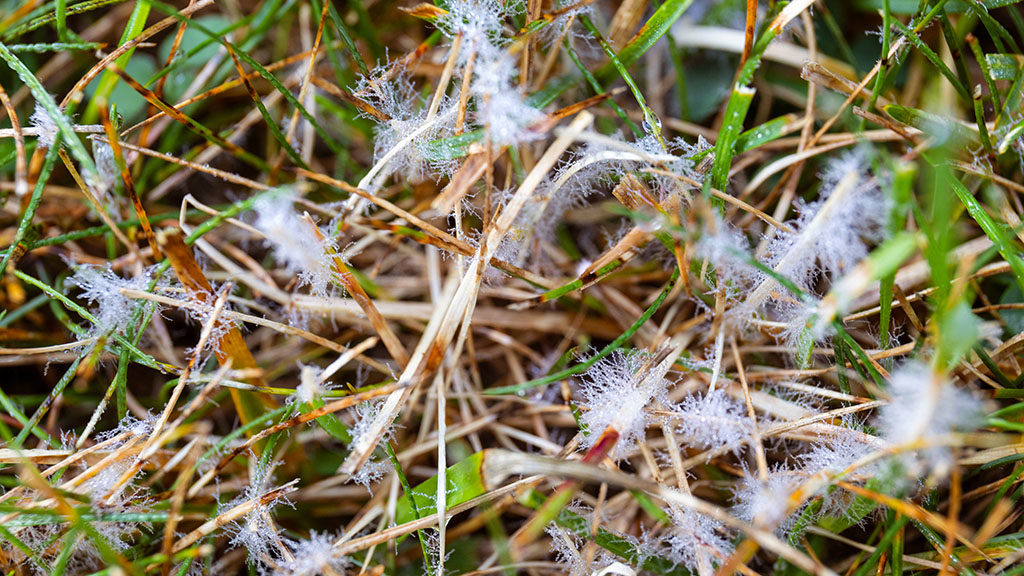
Repeated trials over recent seasons, by the STRI in Yorkshire and the Irish Sports Turf Institute (ISTI), as well as many on-course trials, have shown the value in targeting disease pathogens when numbers were rising in early autumn, with benefits running right through the winter.
Application of the new Syngenta fungicide Ascernity - now available for use on golf greens and tees – in late September effectively cleared up microdochium patch symptoms, when disease risk was rising and disease was beginning to be seen.
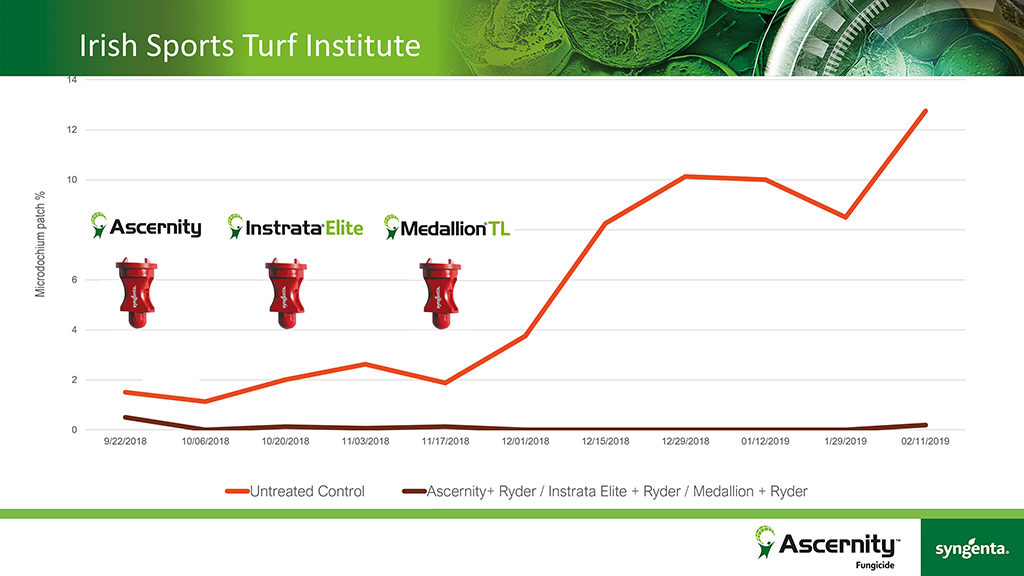
From that point forward, the follow up treatments with Instrata Elite and Medallion TL at one month intervals kept the greens completely clean through to February, when untreated plots hit disease levels of 10 to 13% of surface area affected in December, January and February.
An infection level of 10% area affected equates to over 50 square meters of disease damage on an average green, which for most courses would be completely unacceptable.
With Ryder also applied in each application, the use of Ascernity in the disease management programme was the only option to consistently achieve complete microdochium control of the approaches in the ISTI trials.
In the poa dominant trial sward, the strategy effectively maintained turf quality right through the winter, when the scores for untreated plots declined by more than 50%.
Further trials across the UK this season have reported how Ascernity applications targeted at the high incidence of dollar spot have also contributed to very effective reduction in visible effects of microdochium patch and anthracnose, leading to visibly cleaner tees surfaces.
That has confirmed a research approach by STRI, where a late summer strategy of Heritage + Medallion with Ryder (FR321) to control anthracnose, had a further benefit in significantly reducing the impact of microdochium patch, to negligible levels, right through the autumn and into winter.
Decision support
These early target approaches achieve optimum results if applications can be timed for when disease pressure is rising, but before symptom have broken out.
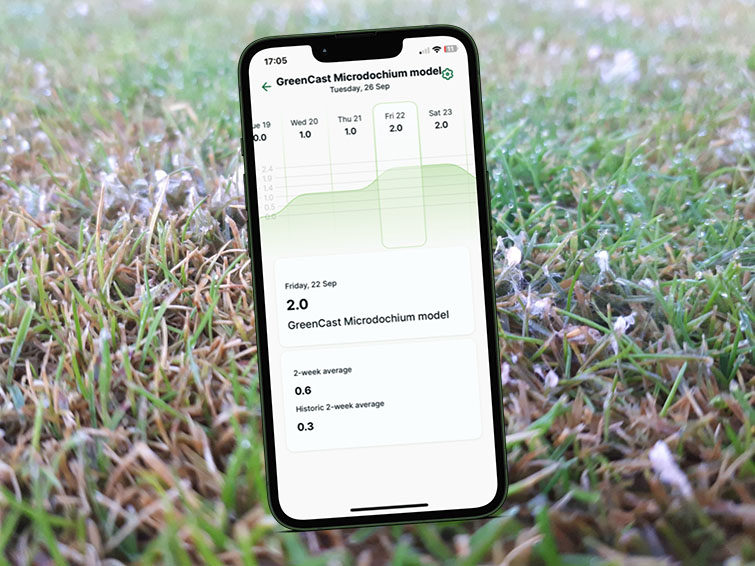
The new Syngenta Turf Advisor app had been developed to provide greenkeepers and agronomists with forecasts of disease risks and local weather information of all the factors that could influence its development. Using these data sources, coupled with forecasts of spray window opportunities, could be instrumental in making proactive fungicide applications and adapting ITM strategies to better prevent disease outbreaks and turf damage.
Turf Advisor also includes a Growing Degree Day calculation tailored to your site, along with a Growth potential model. That can prove invaluable in support a decision of when to switch from a systemic Ascernity application - which could be as late as November or December in some areas where growth can now continue later in the season – to a contact Medallion treatment when growth has effectively slowed.
It is also worth being aware that where the very first signs of disease do occur, there is a high chance that surrounding areas will have been infected.
However, at that stage there is still the chance to take advantage of early curative activity with fungicides such as Ascernity and Instrata Elite, to clear up disease within the plant. Furthermore, even if a few plants have been affected, the surrounding clean leaf and turf can still be protected with treatment and any damage minimised.
Resistance rotation
The approval of Ascernity use for golf greens and tees adds an important rung in the fungicide resistance management strategy. It includes a completely new active ingredient with a different mode of action for use in turf, enabling a more comprehensive programme, with crucial breaks and rotation between products with the same fungicide action group. There are valuable FRAC guidelines that should always be followed in putting together a fungicide strategy.
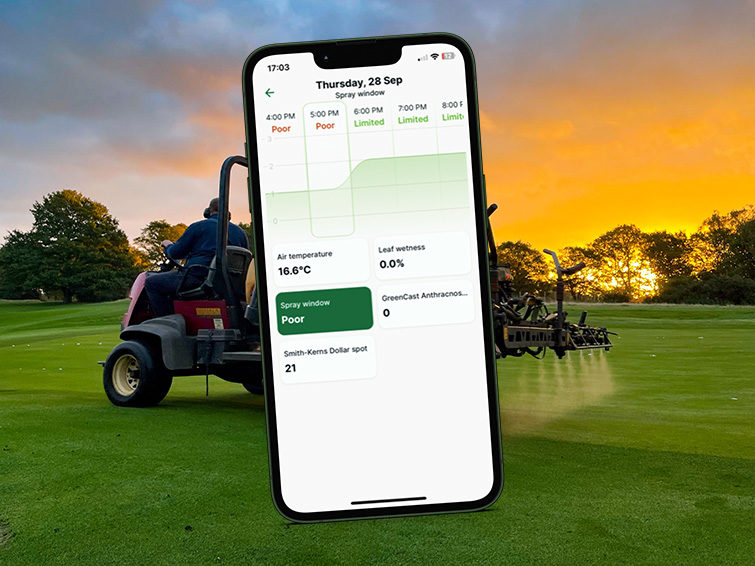
Identifying the right product at the right time, along with accurate application to get it in the right place, will help to achieve better results right through the challenging autumn season.
Higher levels of turf surface loss over the winter will carry the extra cost and disruption of more intense renovation and over seeding in the spring.
Preventing disease outbreaks from the outset gives the best chance to go into winter clean, and come out green in the spring.

